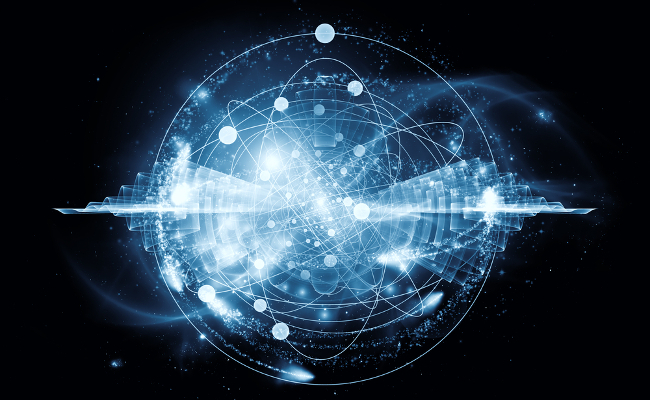
Quantum computers are still in their infancy, but they have the potential to do far, far more than even the most advanced digital computer in the world. And Google has just announced a breakthrough in quantum computing that many have been anticipating for decades. What’s the breakthrough? Simulating one of the simplest atoms in nature.
Specifically, Google and an international team of scientists have successfully simulated the energy surface of a hydrogen atom. If you’re a chemist, you’ve probably bolted up in surprise, but for the rest of us, it’s difficult to properly simulate chemical reactions on a computer, because the different parts of an atom can be in so many different states, called a “superposition.” It can take days to figure out simple reactions, and more complex ones, like drugs reacting in the human body, are more or less impossible.
The computer you’re using to read this is essentially linear. To deal with that hydrogen atom, it will ploddingly go through every state that atom could possibly be in, one at a time, until it finds the right one. A quantum computer, on the other hand, can simply look at every state the atom is in at once. It can do this because quantum computers can exist in multiple states themselves, making figuring out complex questions like chemical reactions a simple task. Think of it as cramming a multitude of linear computers into one box.
The value of having a computer where you can simulate somebody’s body chemistry and start feeding it drugs is obvious, of course, but we’re not there yet. This little hydrogen atom is just the beginning. However, being able to do this proves two things: One, that our current state of quantum computing, however crude, is viable, and two, that at least some of the theories about the capabilities of quantum computing are true. The next questions to ask, and perhaps the most exciting ones, are simple: What else can we do with the quantum computers we have? And what can we do to improve them?
(via Tom’s Hardware)
